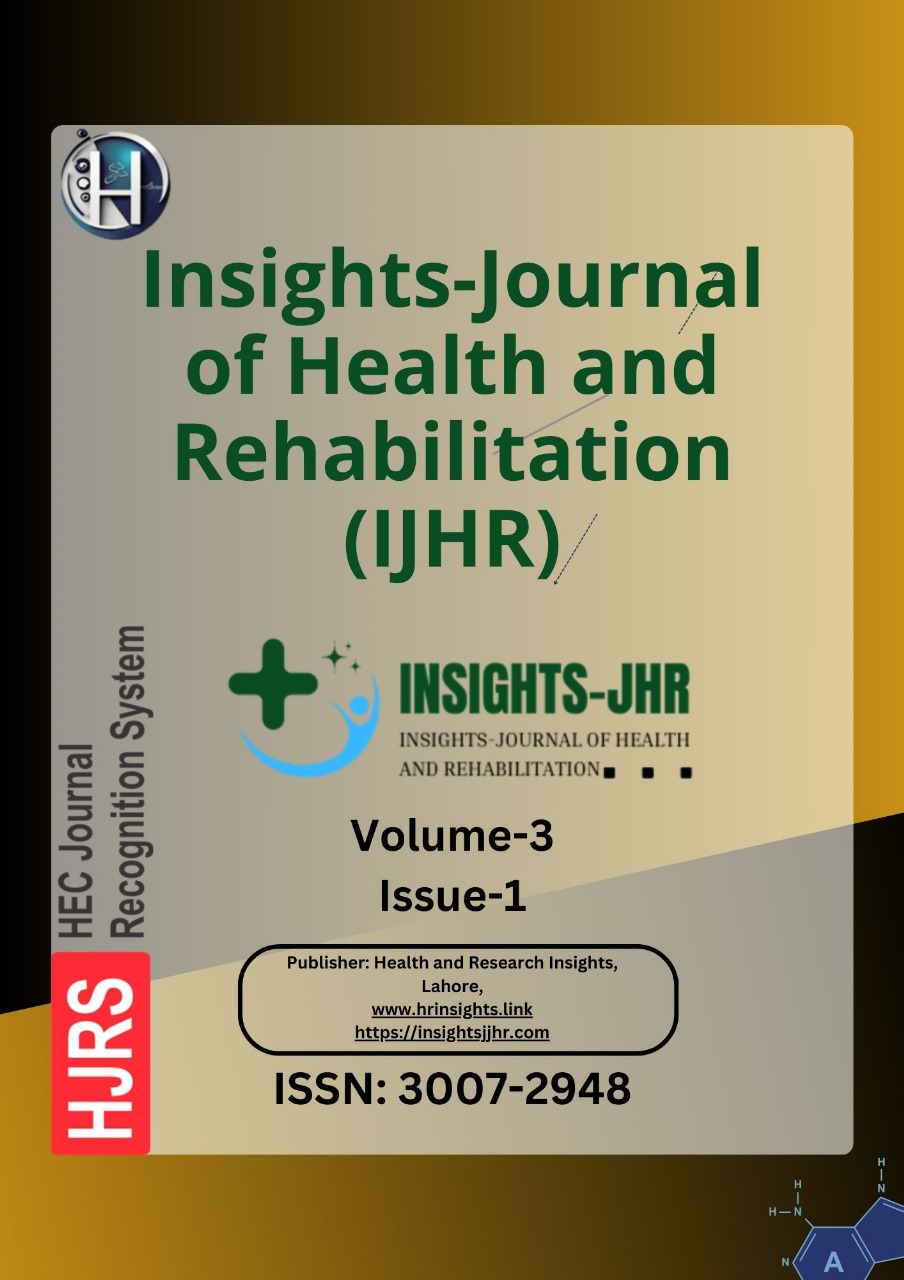COMPARISON OF MYRINGOPLASTY WITH AND WITHOUT CORTICAL MASTOIDECTOMY ON PATIENT OUTCOME
DOI:
https://doi.org/10.71000/vaxdn046Keywords:
Air-bone gap, Chronic otitis media, Hearing loss, Mastoidectomy, Myringoplasty, Tympanic membrane, TympanoplastyAbstract
Background: Chronic suppurative otitis media (CSOM) is a prevalent condition causing tympanic membrane perforation, recurrent otorrhea, and hearing loss. Myringoplasty is a widely used surgical technique for tympanic membrane repair, but the role of adjunctive cortical mastoidectomy remains debated. While some studies suggest that mastoidectomy improves middle ear ventilation and disease resolution, others report no significant benefit over myringoplasty alone. This study aimed to compare the effectiveness of myringoplasty with and without cortical mastoidectomy in patients with non-cholesteatomatous CSOM.
Objective: To evaluate the impact of myringoplasty alone versus myringoplasty combined with cortical mastoidectomy on graft uptake, postoperative ear dryness, and hearing outcomes in non-cholesteatomatous CSOM.
Methods: This prospective study was conducted over six months at the Department of Otorhinolaryngology, Islamabad Hospital. A total of 36 patients with dry, non-cholesteatomatous CSOM were enrolled. Patients were randomized into two groups: 18 underwent myringoplasty alone, while 18 underwent myringoplasty with cortical mastoidectomy. Surgeries were performed using a postauricular approach with temporalis fascia grafts. Preoperative and postoperative pure-tone audiometry was conducted at three months to assess hearing outcomes. Graft uptake and ear dryness were evaluated during follow-up visits. Statistical analysis was performed using independent sample t-tests and chi-square tests, with significance set at p<0.05.
Results: The mean preoperative air-bone (A-B) gap was 23.3±7.5 dB in the myringoplasty group and 23.4±7.2 dB in the myringoplasty with mastoidectomy group. Postoperatively, the mean A-B gap was 21.0±8.3 dB and 17.3±10.0 dB, respectively, with no statistically significant difference (p=0.5). Graft uptake success rates were 70% in both groups (p=0.4). Ear dryness was observed in 90% of patients who underwent myringoplasty alone and 75% of those who received myringoplasty with mastoidectomy (p=0.7).
Conclusion: Myringoplasty alone and myringoplasty with cortical mastoidectomy yielded comparable hearing outcomes and graft success rates in non-cholesteatomatous CSOM. While mastoidectomy did not significantly improve postoperative results, it may be considered on a case-by-case basis, particularly in patients with recurrent infections or persistent middle ear disease.
Downloads
Published
Issue
Section
License
Copyright (c) 2025 Muhibullah Younus, Majid Dastgir, Abdul Hakim, Muhammad Tahir, Inam Ul Haq, Amina Ali (Author)

This work is licensed under a Creative Commons Attribution-NonCommercial-NoDerivatives 4.0 International License.







